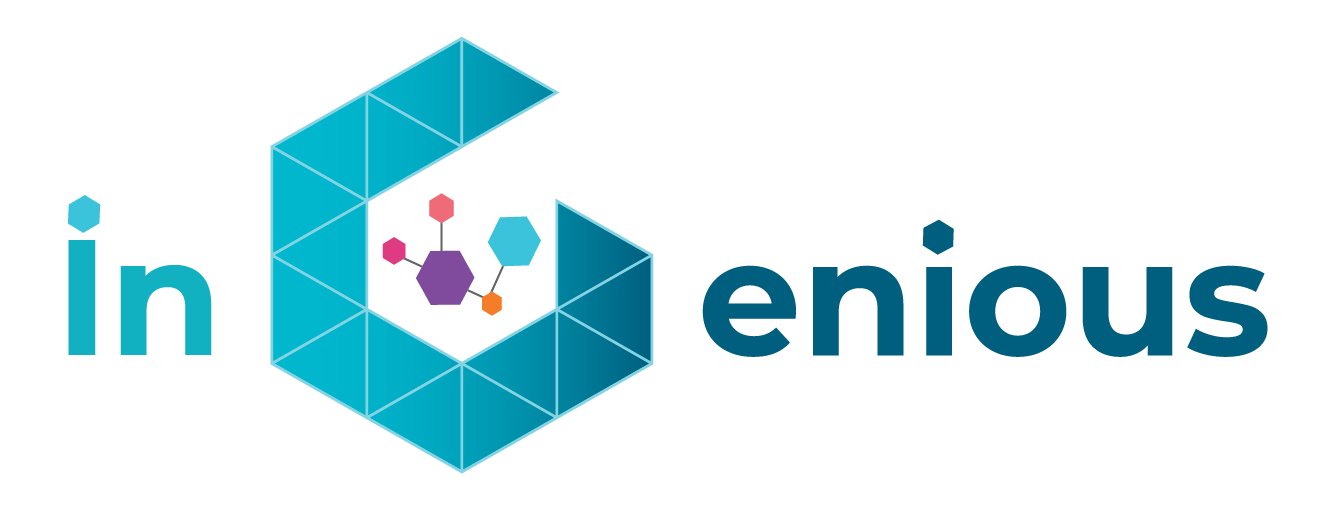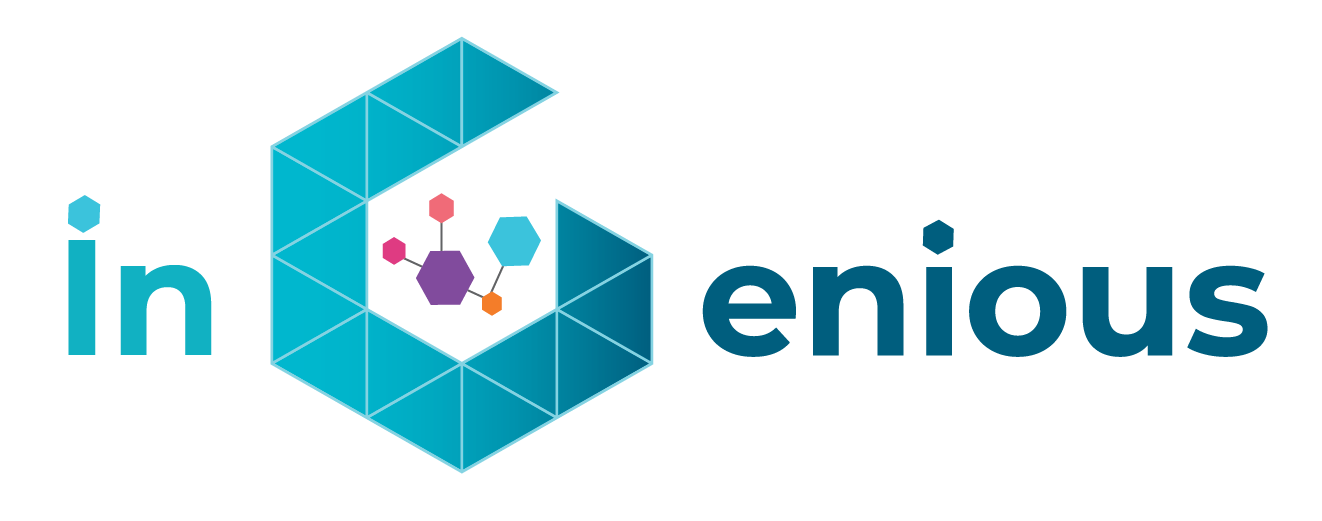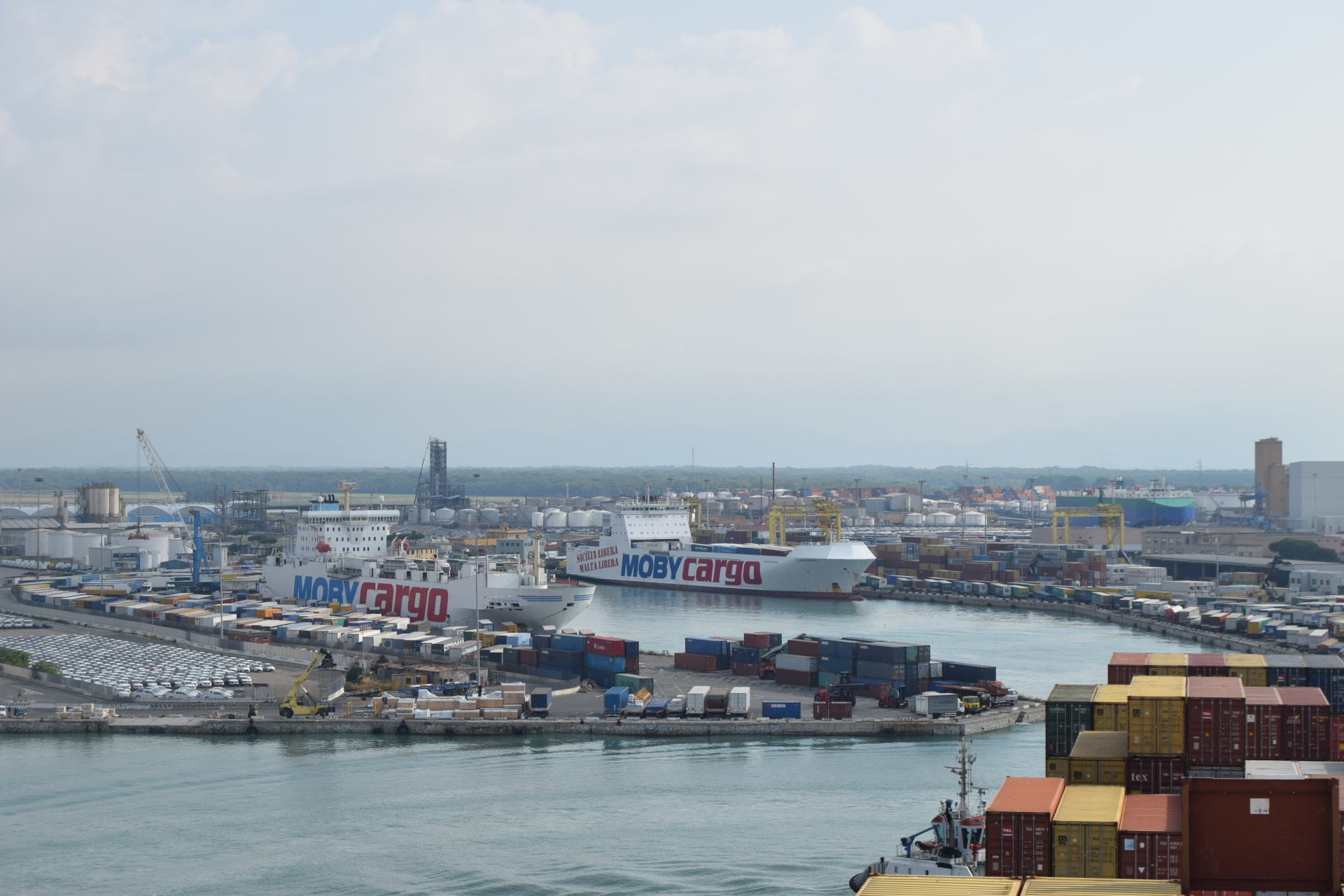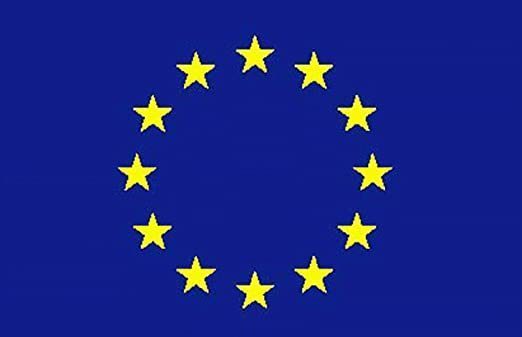Insight – The Smart Port
by AdSP MTS

Applying the smart concept to ports means create digitalized, secure, safe, and sustainable ecosystems where people, things and means of transport are fully inter-connected. Technology is a necessary but not sufficient condition. You cannot imagine creating a smart port without a good mid-long term digital strategy, which should include technological, economics, social and cultural aspects: there can be no smart ports without smart people.
The port is not smart just because of its use of electronic (digital) documents in its processes, instead of paper-based ones. The port is smart if, thanks to emerging technologies (e.g. blockchain, Internet of Things, Artificial Intelligence, etc.), it has re-engineered its processes, increasing their levels of speed, efficiency, effectiveness, sustainability and performance.
The focus should not only port-oriented, but also “supply chain-oriented”. In fact, the smart port should carry out digital investments that address capacity, efficiency, integration with other transport nodes and modes, being able to grow in a sustainable way minimizing the need of new physical infrastructures investments.
The European smart port model should try to
- Foster circular economy;
- Reduce environmental footprint;
- Improve operational efficiency, quay capacity, optimize flows;
- Transform the port into an innovation hub.
The port of Livorno is using a distributed network of on-field sensors to gather different types of real time data which provide insights for monitoring energy consumption, infrastructure status, port accesses, port-related externalities and so on. The gathered data are then integrated with other ICT systems, so that high value-added services are provided to the port community. Some of these sensors are showed below.

This network of sensors leads to the creation of a “data lake”, in which the data converge and are made available. The smart port is a complex and intelligent node where people, cargo, cranes and all the events that take place within the port are interconnected and monitored in real time. Briefly, Livorno smart port is a “internet of things” port, where infrastructure, equipment, people, vehicles are “talking” objects and source of information.
Port of Livorno is using Moni.C.A. (Monitoring and Control Application) to gather data from the mentioned sensors, showing the related information using a 3D rendering of the port and of all events occurred in the port area.

Moni.C.A. enables to measure variables and events of interest for the whole Port System (boarding operations, meteorological data, environmental sensors, surveillance, infomobility, etc) and supports the communication M2M, in accordance with the architectures and protocols already standardized by ETSI (European Telecommunication for standards institute). In addition to the 3D and real-time visualization, Moni.C.A. enables the continuous updating of AIS data (for the ship positioning), the acquisition of lists of both passengers and dangerous goods, information related to ship, traffic management and ship’s voyage.
In conclusion, a smart port has two main functions:
- integrate and develop technologies and processes to better address the new challenges the maritime traffic faces;
- act as an innovation enabler: starting from the digital port platforms it is possible to activate processes of innovation and services, towards the seaside (i.e. connected ship), the landside (smart mobility, info-mobility, services for passengers and cruisers, app and tools for traffic control) and the communication routes. These processes enable to generate and receive useful information for the regional, national, and European systems.




